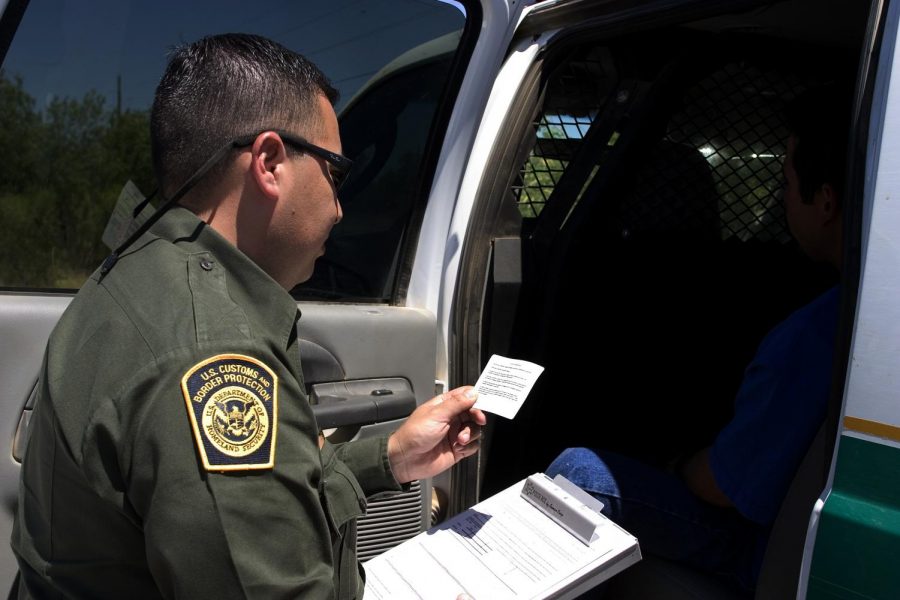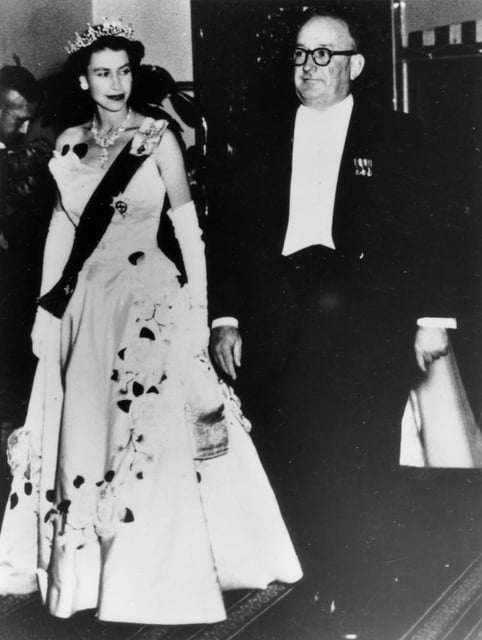Today in 1966, the Supreme Court makes their decision in the case of Miranda v. Arizona. The court ultimately rules that all criminal suspects must be informed of their rights before interrogation. The case began back in 1963, when an 18-year-old Phoenix woman told police that she had been abducted and raped. Detectives on the case gave the Women a lie detector test, however the results were inconclusive. After further looking into the case an tracking a license plate, Police were led to Ernesto Miranda. Miranda had a prior history as a peeping tom, making him a strong suspect. Miranda was later taken in for interrogation , despite the victim not being able to identify him as the rapist.
During his interrogation Miranda did confess however, unaware he had the right to say nothing. During his trial, Miranda’s lawyer called no witnesses and he was quickly sent to jail. The Supreme court overturned Miranda’s conviction, however he was tried and ended up in jail anyway. Miranda remained in jail until 1972, despite having little evidence against him. Since Miranda’s case, each and every suspect must now be informed of his or her’s rights.











